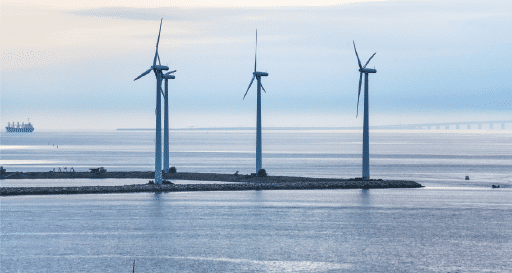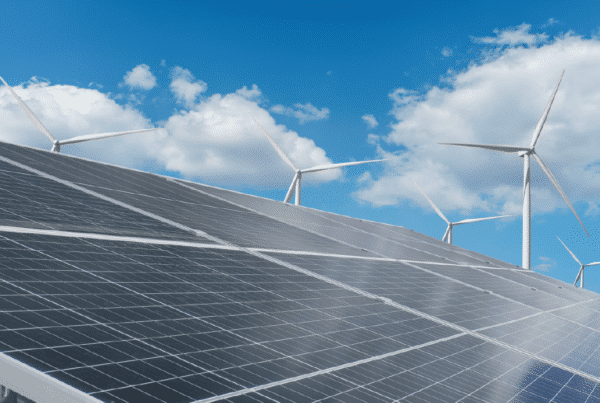
Offshore wind energy has great potential in the fight against climate change. It was in February of this year that the Council of Ministers approved the maritime spatial plans (POEM) for the Spanish maritime demarcations: the North Atlantic, Levantine-Balearic, Strait and Alboran and, finally, the Canary Islands demarcation. The delimitation of these zones has meant the unblocking of the development of this technology in our country.
One of the drawbacks of this technology is the visual impact that these wind turbines can have. To this end, the ministry has opted for a solution based on the characteristics of each coast. In the case of the North Atlantic Demarcation, for example, the minimum distance at which the polygons are reserved for mills is 21 kilometres.
By 2030, Spain is expected to have between one and three gigawatts of offshore wind energy. For this plan to go ahead, the POEMs need to be approved and the areas in which this technology can be developed need to be fixed.
The development of offshore wind energy will create new opportunities for industry, generate green jobs and strengthen the EU’s global leadership in offshore energy technologies. In addition, this technology will also ensure the protection of the environment, biodiversity and fisheries.
Currently, the UK is the country with the largest installed capacity of offshore wind power, with some 10 GW in operation off its coast. In second place would be Germany and in third place would be China.
There is no doubt that floating offshore wind turbines are a very interesting technology that will allow the creation of wind farms on the seabed and place them in deeper waters where winds are stronger.







